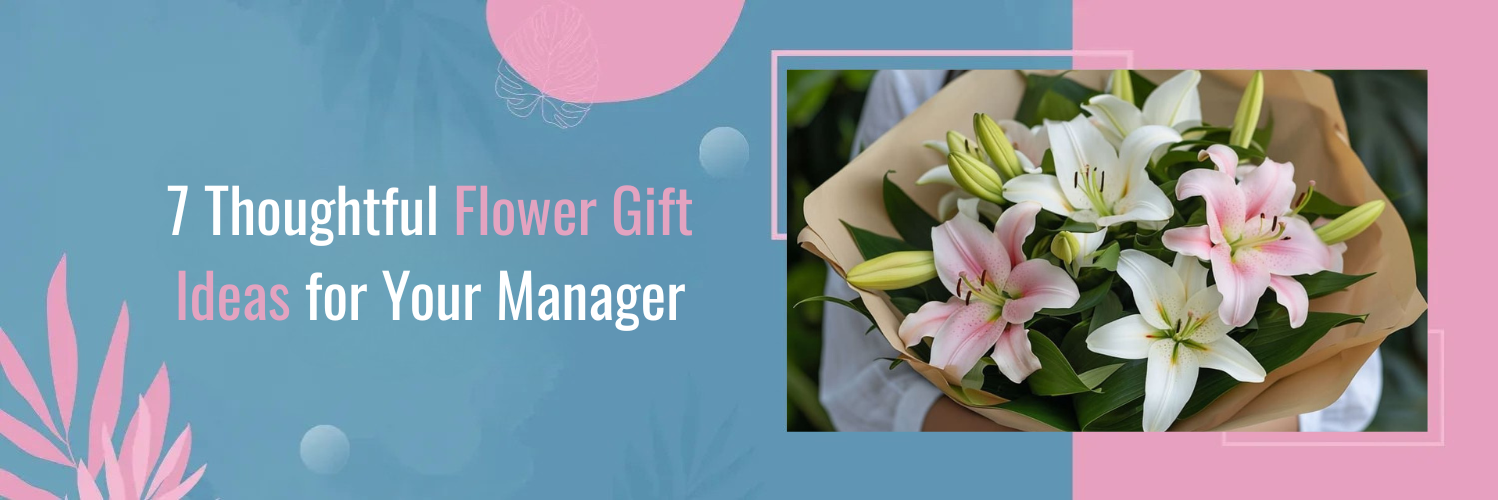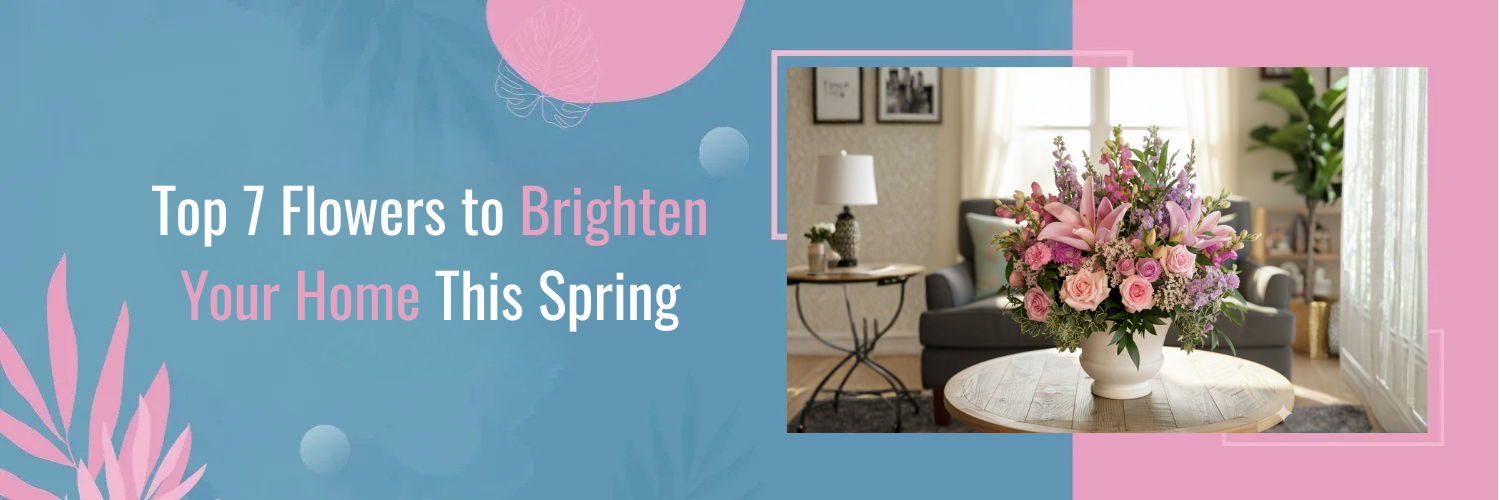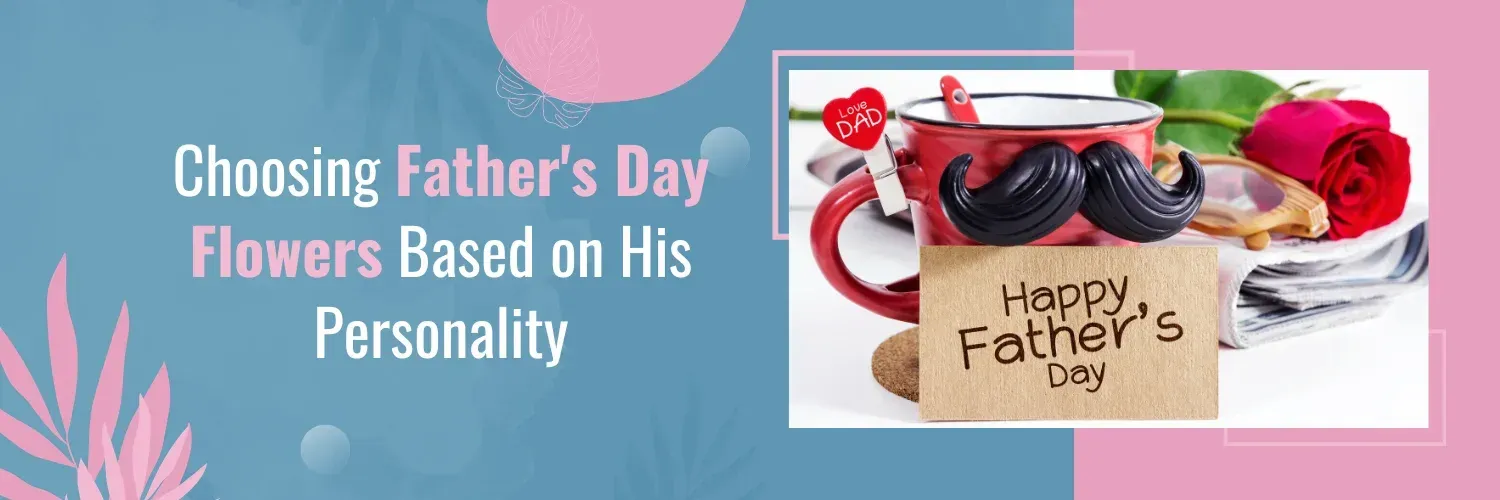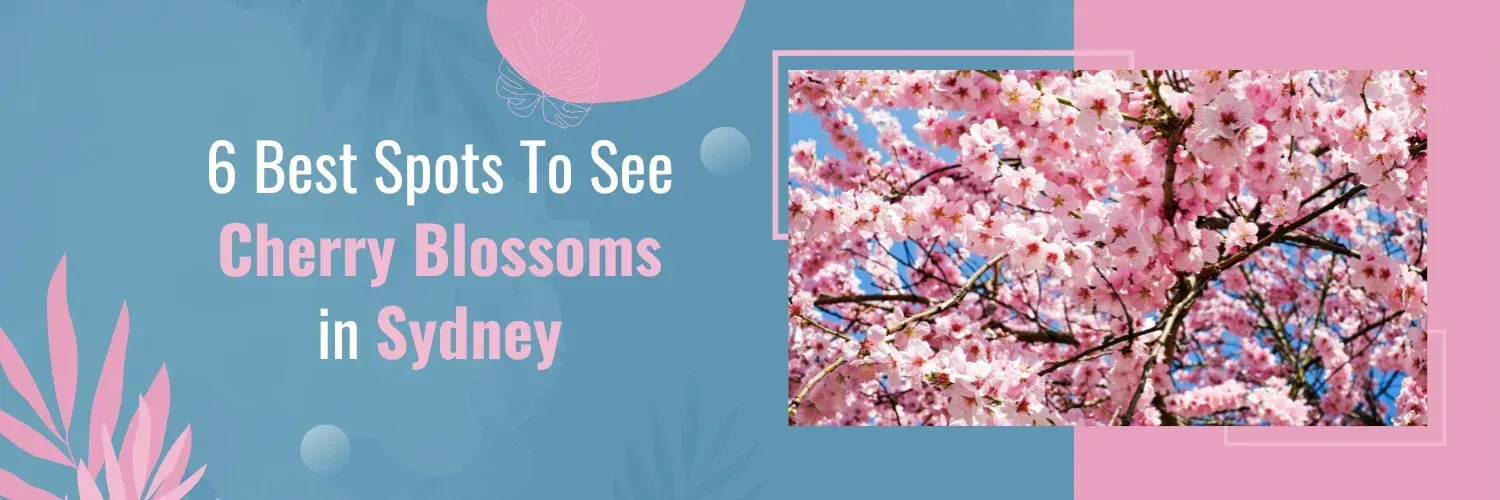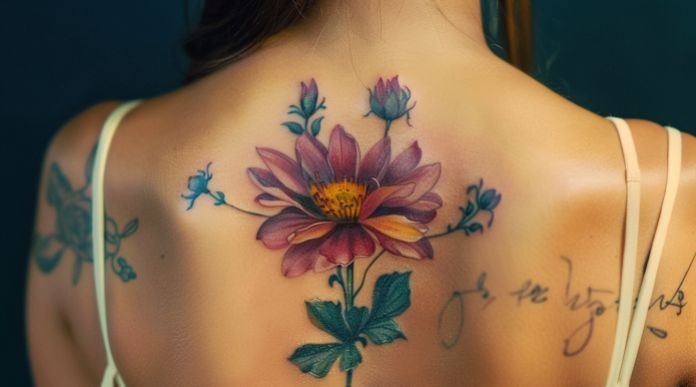Baby’s Breath Flowers
Baby’s Breath, a member of the Caryophyllaceae family, is a genus of flowering plants celebrated for its unique and graceful character. What sets Baby’s Breath apart are its tiny, clustered blossoms that collectively form the illusion of a delicate, cloud-like inflorescence. These charming flowers have long been synonymous with elegance and sophistication in the world of floral design.
Significance and Utility in Floral Artistry
One of Baby’s Breath’s most remarkable qualities is its incredible versatility. These delicate blossoms serve as exceptional fillers, enhancing the beauty of various floral compositions. Their ability to add a soft, airy, and ethereal quality to arrangements cannot be overstated.
In particular, white and pastel-coloured varieties of Baby’s Breath are highly sought after for weddings, where they symbolise purity, innocence, and the enduring nature of love. This symbolism has made Baby’s Breath a cherished companion in creating bridal bouquets and decorations, forging an unbreakable connection between these flowers and the most critical moments in our lives.
From Tradition to Modernity
Baby’s Breath is a timeless classic, adored for its aesthetic charm and its capacity to harmonise with a wide range of other flowers. Whether adorning a rustic countryside wedding or a sleek, modern event, Baby’s Breath brings a sense of timeless elegance and enchantment to every setting. As we delve deeper into the world of these beloved blooms, you will discover how to nurture and cherish them, ensuring their enduring beauty continues to grace your floral creations.
Types of Baby’s Breath Flowers
Baby’s Breath flowers, scientifically known as Gypsophila, are not a one-size-fits-all floral species. This delicate and ethereal genus offers a surprising diversity of varieties, each with unique characteristics and colours. As we delve into the enchanting world of Baby’s Breath, let’s discover the different types that grace our gardens and floral arrangements.
Gypsophila paniculata (Common Baby’s Breath)
The Perennial Classic
- Colours: Gypsophila paniculata is most commonly found in shades of white, creating a pristine and timeless appearance. While white is the prevailing colour, some varieties may exhibit subtle hints of pink or cream.
Characteristics:
- Long-Lasting Blooms: This perennial variety is celebrated for its ability to produce durable, delicate blooms, making it a favoured choice for garden beds and cutting gardens.
- Airy Aesthetic: Gypsophila paniculata is renowned for its delicate and graceful appearance. Its tiny, clustered blossoms create a sense of lightness and elegance in floral arrangements .
- Abundant Flowers: One of its standout features is the profusion of tiny flowers that adorn each stem, allowing for ample creative possibilities in floral design.
Suitability for Various Settings
Gypsophila paniculata’s enduring charm and longevity make it an excellent addition to garden landscapes. Its elegant presence enhances borders and mixed perennial beds, where its delicate blooms can be enjoyed throughout the season. Gardeners and florists favour this variety’s versatility in creating timeless, classic floral arrangements.
Gypsophila Elegans (Annual Baby’s Breath)
The Compact Beauty
- Colours: Like its perennial counterpart, Gypsophila elegans is often seen in delicate shades of white. Its petite and compact nature makes it a charming choice for small-scale arrangements.
Characteristics:
- Compact Growth : Gypsophila elegans is an annual variety known for its petite size, perfect for container gardening and border plantings. Its compact growth habit allows for creative landscaping in limited spaces.
- Abundance in Small Packages: Despite its diminutive size, this annual Baby’s Breath is surprisingly prolific, producing clusters of tiny, delicate flowers that add an enchanting touch to bouquets and arrangements.
Suitability for Various Settings
Due to its compact growth, Gypsophila elegans finds its niche in container gardening and border plantings. It offers a dainty and charming presence that complements smaller spaces and arrangements, adding a touch of elegance to any setting.
Gypsophila Repens (Creeping Baby’s Breath)
The Ground-Cover Wonder
- Colours: Gypsophila repens, like its counterparts, typically display soft and gentle hues of white. Its creeping growth habit makes it a unique addition to ground-cover plantings.
Characteristics:
- Low-Growing Habit: Gypsophila repens is characterised by its low-growing and trailing nature. This makes it an excellent choice for ground covers, rock gardens, or cascading arrangements.
- Mat-Like Appearance: As it spreads horizontally, Gypsophila repens and forms a lush, mat-like carpet of delicate flowers, creating a striking visual effect.
Suitability for Various Settings:
This creeping variety of Baby’s Breaths is perfect for covering bare patches in your garden or creating stunning, low-maintenance ground covers. Its ability to cascade gracefully over rocks or containers adds a whimsical touch to any landscape design.
Growing Baby’s Breath Flowers
Choosing the Right Location
Baby’s Breath flowers thrive when they find themselves in the ideal environment, characterised by well-draining soil, a particular climate, and ample sunlight.
Ideal Soil and Climate Conditions
- Soil: Baby’s Breath flowers, like many plants, have their preferences regarding soil. They flourish in well-draining soil with a slightly alkaline pH. This means the soil should allow water to pass through it without becoming waterlogged, ensuring the roots stay healthy and rot-free. If your soil tends to retain water, consider amending it with organic matter or sand to improve drainage.
- Climate: Understanding Baby’s Breath’s climate preferences is essential for their success. These plants are ideally suited for temperate climates. They thrive in regions with cooler temperatures and can even withstand light frosts. If you live in an area with harsh winters, consider protecting them during the coldest months to ensure their survival.
Sunlight Requirements
The Sunshine Nourishment
Baby’s Breath flowers are sun-loving plants that depend on the sun’s nourishing rays to thrive and produce abundant blooms. To ensure your Baby’s Breath plants reach their full potential, providing them with the right amount of sunlight is imperative.
Full Sunlight
Baby’s Breath flowers require full sunlight, translating to at least six hours of direct sunlight daily. Inadequate sunlight can result in leggy growth and reduced flower production. Therefore, when selecting the location for your Baby’s Breath garden or planting bed, choose a spot that receives ample sunlight throughout the day.
Preparing the Soil
Soil Preparation Tips
Before planting Baby’s Breath flowers, prepare the soil by loosening it to a depth of 6 to 8 inches. This helps with root penetration and ensures proper drainage. Incorporate organic matter, such as compost, to improve soil fertility and structure. This step is crucial for ensuring your Baby’s Breath plants have a healthy environment to thrive.
Necessary Amendments for Optimal Growth
Baby’s Breath prefers soil that is not too rich in nutrients. Avoid excessive fertilisation, as it can lead to lush foliage at the expense of blooms. If soil is excessively fertile, consider amending it to reduce fertility and promote better flowering. Sandy or loamy soil types are well-suited for Baby Breath cultivation.
Planting Baby’s Breath Flowers
Best Planting Times
The ideal time to plant Baby’s Breath flowers is early spring or fall. This allows the plants to establish their root systems before the heat of summer or the cold of winter sets in. Space the plants according to their mature size, ensuring proper air circulation between them.
Spacing and Depth Guidelines
Plant Baby’s Breath flowers about 12 to 18 inches apart to give them ample room to grow and spread. Dig holes slightly larger than the plants’ root balls, and plant them at the same depth they were in their containers. Gently pat the soil around the roots to remove any air pockets.
Caring for Baby’s Breath Flowers
Watering Techniques
Proper watering is crucial for Baby’s Breath flowers. Keep the soil consistently moist but not soggy. Water the plants at the base to prevent fungal issues and avoid wetting the foliage, which can lead to disease. During drought, increase watering to ensure the plants do not become stressed.
Fertilisation and Maintenance
Baby’s Breath flowers do not require heavy fertilisation. Apply a balanced, all-purpose fertiliser sparingly in the spring to provide essential nutrients. Deadhead spent blooms to encourage continuous flowering and maintain a neat appearance. Additionally, monitor the plants for signs of pests or diseases and take appropriate action if issues arise.
Common Issues & Troubleshooting
Even with the best intentions and optimal conditions, Baby’s Breath flowers may encounter common issues during their growth. Knowing how to troubleshoot these challenges can make a significant difference in the success of your Baby’s Breath cultivation. Here are some of the issues you might encounter and how to address them:
Pests and Diseases
1. Aphids and Mealybugs
- Issue: Aphids and mealybugs can infest Baby’s Breath plants, causing damage by feeding on the sap and potentially spreading diseases.
- Solution: Use a gentle stream of water to dislodge these pests from the plants. Consider using insecticidal soap or neem oil as a natural and safe treatment in severe cases.
2. Powdery Mildew
- Issue: Powdery mildew may appear as a white, powdery substance on the leaves and stems of Baby’s Breath, leading to reduced plant vigour and aesthetics.
- Solution: Ensure proper spacing and air circulation around your plants to prevent powdery mildew. Fungicidal sprays or homemade solutions like a mixture of water and baking soda can help control this fungal issue.
Other Problems and Solutions
1. Poor Flowering:
- Issue: Your Baby’s Breath plants might not produce as many blooms as expected.
- Solution: Check the soil fertility; too much nitrogen can lead to excessive foliage growth at the expense of flowering. Also, ensure your plants receive adequate sunlight and are not overcrowded, which can hinder flowering. Pruning or deadheading spent blooms can encourage more flowering.
2. Mold or Mildew:
- Issue: Mold or mildew may appear on the leaves, especially in humid conditions or if the plants are overcrowded.
- Solution: Improve air circulation by spacing plants properly and pruning to remove dense growth. Avoid overhead watering, as wet foliage can contribute to fungal issues. If necessary, apply a fungicidal treatment.
3. Drought Stress:
- Issue: Baby’s breath flowers may suffer from drought stress if they are not adequately watered during dry periods.
- Solution: Ensure consistent deep watering, especially during hot and dry spells. Apply a layer of mulch around the plants to help retain soil moisture and regulate temperature.
4. Overcrowding:
- Issue: Baby’s Breath plants can become overcrowded, leading to poor air circulation and increased disease susceptibility.
- Solution: Thin out overcrowded areas by removing excess plants. Proper spacing allows for better airflow and reduces the risk of mould and mildew.
When and How to Harvest
Timing is Key
Baby’s Breath flowers, with their delicate and ethereal appearance, are at their peak beauty when their blooms are fully open. Harvesting them at the right time is crucial to capture their charm and freshness.
- Full Bloom: Wait until the Baby’s Breath flowers have reached their open state. This is when they fully display their pristine beauty and delicate form.
- Morning Harvest: Opt for the morning hours when the plants are well-hydrated. Harvesting during this time helps preserve the turgidity of the stems and prolongs the vase life of the flowers.
Precision in Cutting
To ensure the longevity and aesthetics of your Baby’s Breath bouquets or arrangements, follow these steps:
- Sharp Tools: Use scissors or pruning shears to make clean, diagonal cuts. Dull tools can crush the stems, reducing water uptake and giving the vase a shorter life.
- Cutting Angle: Make the cuts at a 45-degree angle. This allows for a larger surface area for water absorption, ensuring the flowers stay hydrated.
- Remove Excess Foliage: Trim any excess foliage from the lower portion of the stems to prevent them from sitting in water, which can lead to bacterial growth and reduced vase life.
Immediate Hydration
After harvesting your Baby’s Breath flowers, it’s essential to provide them with the right conditions to stay fresh and vibrant:
- Fresh Water: Place the cut stems immediately in a container filled with fresh, clean water. Avoid using water-containing additives or chemicals, which can harm the flowers.
- Hydration Time: Allow the harvested Baby’s Breath to hydrate in the water for several hours before incorporating them into your floral arrangements. This ensures that the stems are fully replenished with water and ready to shine.
Tips for Extending Baby’s Breath’s Lifespan
The delicate and airy beauty of Baby’s Breath flowers can be preserved for an extended period with proper care and preservation techniques. Whether you’re using them in fresh floral arrangements or drying them for long-lasting decorative purposes, these tips will help you maximise the lifespan of your Baby’s Breath:
Preserving Cut Baby’s Breath
1. Fresh Water
- Regular Water Changes: Change the water in the vase every few days to keep it fresh and free from bacteria. This helps prevent stem blockage and maintains hydration.
- Clean Vase: Rinse the vase thoroughly during water changes to remove any residue or bacteria that may have accumulated.
2. Stem Trimming
- Recutting Stems: Trim the ends of Baby’s Breath stems every few days, making clean, diagonal cuts. This allows for better water absorption and prolongs the vase’s life.
3. Temperature Control
- Excellent Location: Place the vase perfectly away from direct sunlight and drafts. Lower temperatures slow down the aging process of the flowers.
4. Flower Food
- Use Flower Preservative: Adding a commercial flower preservative to the water can extend the lifespan of your Baby’s Breath. Follow the package instructions for the correct dosage.
Prolonging the Flowering Season
1. Succession Planting
- Plant at Intervals: To enjoy a continuous supply of Baby’s Breath blooms, plant new batches every few weeks rather than all at once. This staggered planting ensures a prolonged flowering season.
- Different Varieties: Mix different varieties with varying bloom times to maintain a steady source of flowers throughout the growing season.
2. Deadheading
- Remove Spent Blooms: Regularly deadhead your Baby’s Breath by snipping off the faded or spent blossoms. This encourages new growth and prolongs the flowering season.
3. Pruning
- Prune for Health: Trim back any dead or unhealthy growth to keep the plants vigorous and productive.
4. Fertilisation
- Avoid Over-Fertilisation: Be cautious with fertilisation. Baby’s Breath doesn’t require heavy feeding. Too much nitrogen can result in excessive foliage growth at the expense of blooms.
















